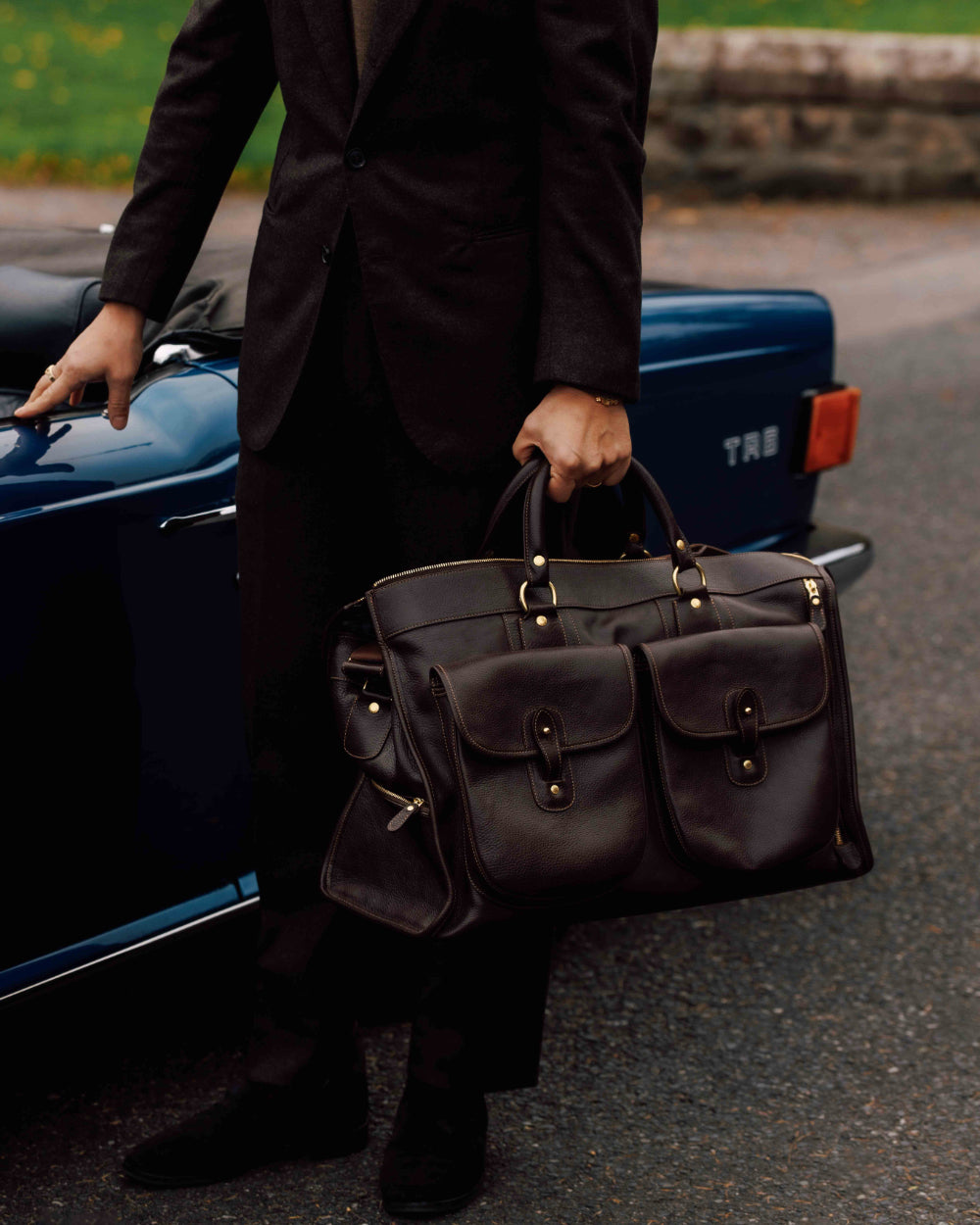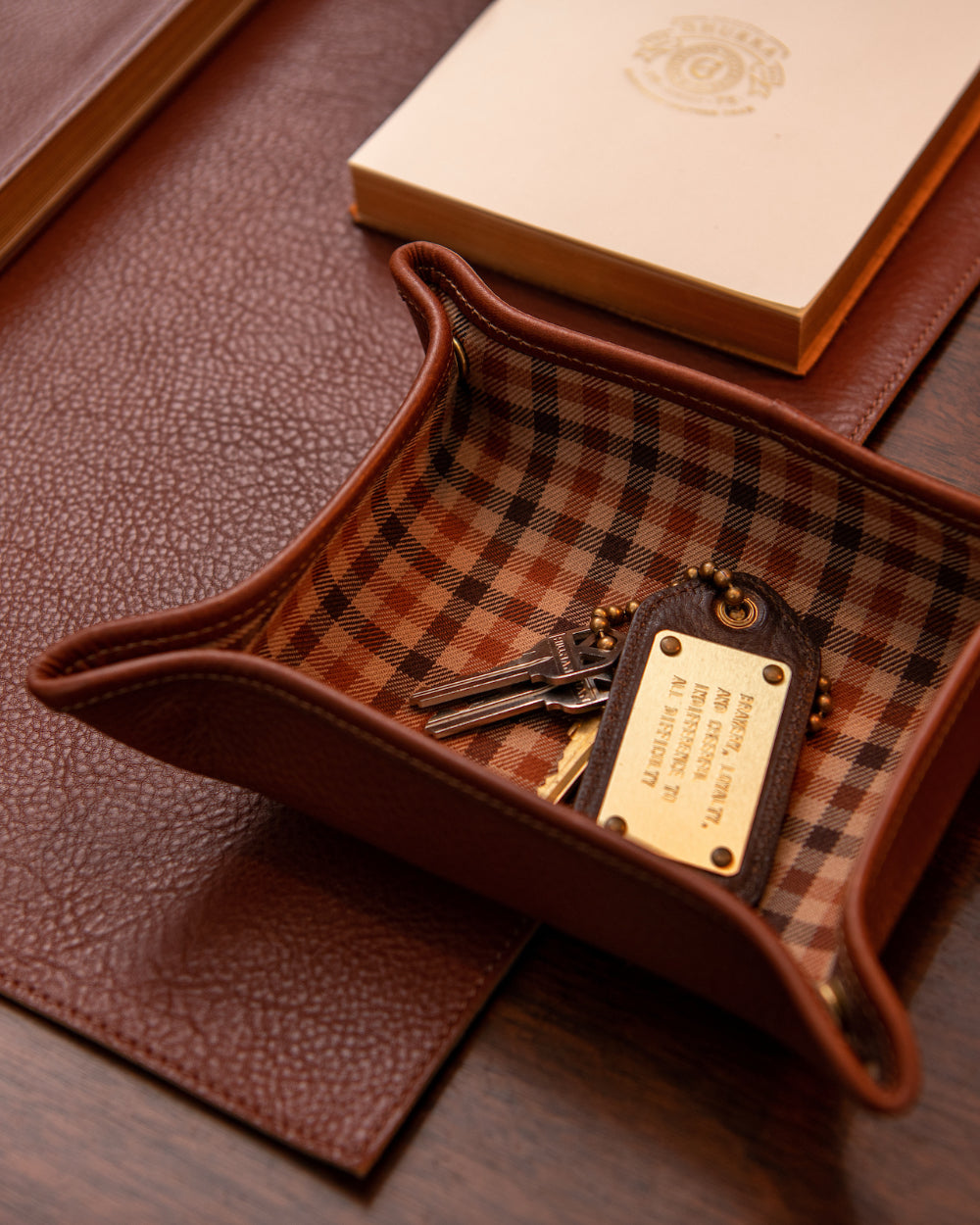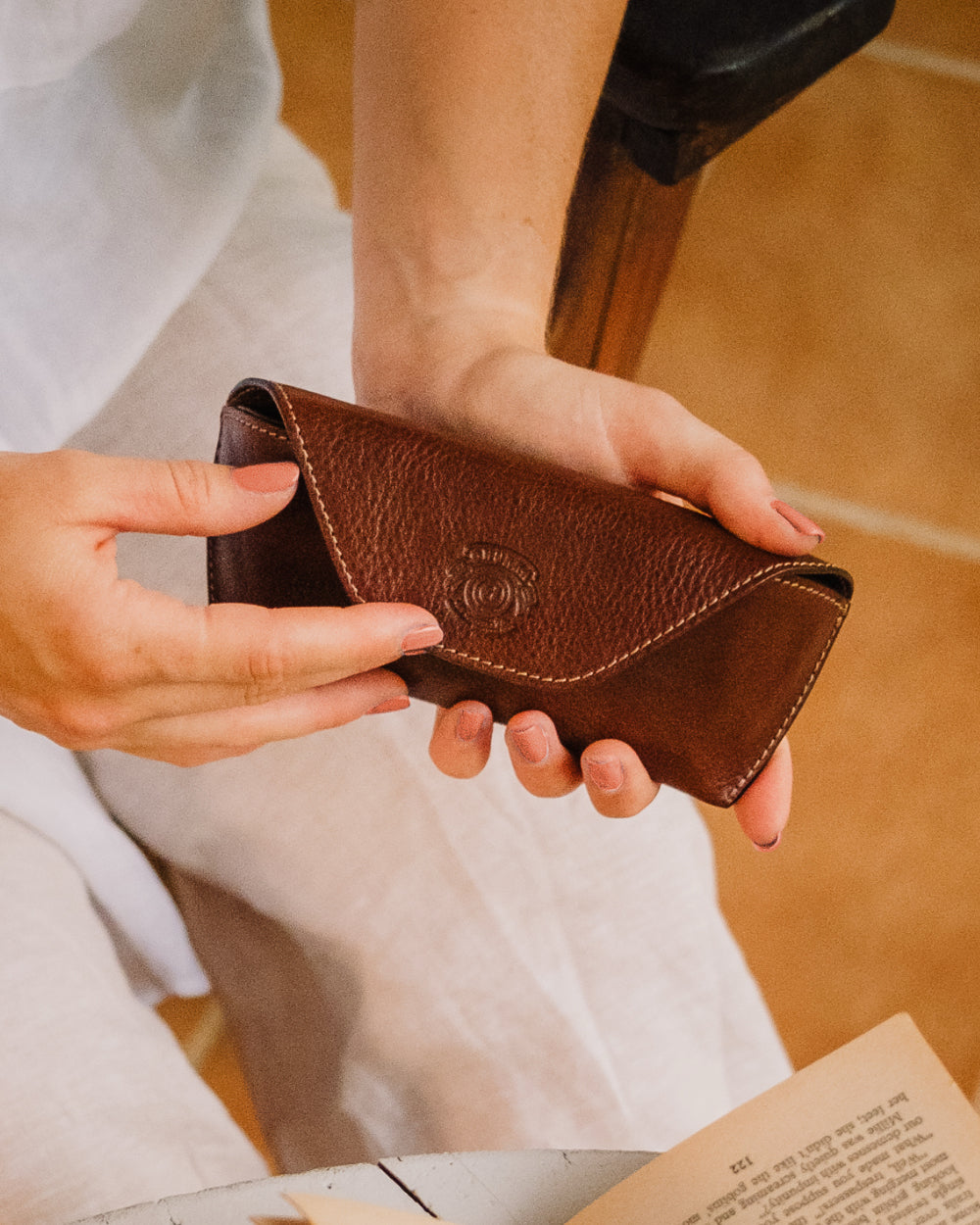You can’t imagine tackling Everest after a leisurely morning, or setting off into the Amazon rainforest after a lie-in. It is just so if you’re going to see one of the most exciting art installations this side of Carsten Holler’s 2006 Test Site at the Tate Modern – Christo’s Floating Piers in Iseo, Italy. I’d heard rumors even from London that the traffic jams leading up to The Christo’s Floating Piers of Lake Iseo were murderous but worth the pain. My travelling companion and I would wake up at Villa d’Este in Lake Como at seven, feeling strong willed and ready to attack the day.
The London rumors of the traffic jams were, of course, not wrong. Patiently, slowly, we made our way along the jammed auto route. Emerging from a tunnel, the glittering Lake Iseo slashed with orange floating docks appeared before us, as did the anaconda line of visitors. It was 10 in the morning. There was no way we would be able to properly appreciate the art work like this. We took a turning and parked up to formulate a plan.
Looking Lake Iseo we saw that the Christo’s Floating Piers surrounded an island. But of course! A lightbulb switched on above my friend’s head. Three phone calls in two languages later and we were invited to a lunch nearby. We were greeted by signore wearing a crisp white shirt and suit with a tan that said he managed to get all of his business done over lunch. A scent of mimosa and lime hung in the air. We were handed a letter in a conspiratorial fashion that bore an ornate crest and were given instructions to show it to any Carabineri, Polezei, or men with big hats, who might try and stop us. We were told to wait for a man named Luigi at a boat house who would drive us over, effectively eliminating 10 hours of line waiting and long distance bus and parking scenarios.
As we made our way back down, we saw on the map that the turning we needed was blocked by Police. My companion rolled down their window and handed over our paper. The guard studied it carefully, seeming to read each line twice. We were waved through with grand Italian gestures.
At the harbor everyone knew who Luigi was, but they didn’t know where he could be. He would show up soon, probably, as most Italians seem to. We settled on the quay side, Aperol Spritz in hand, to admire the pretty wooden dinghies and swish our feet in the water.
When we were close to considering ordering a second round, Luigi located us and presented us with our transport: a bright worked wooden skiff. As we approached the beaming orange work it was obvious that this was the only way to see it.
The genius of Christo and Jean-Claude’s work was its susceptibility to nature. Unlike an oil painting in a museum or a building meant to withstand the elements, their installations are meant to interact with the environment that they are set in, even if it means the work is destroyed, as Valley Curtain was in 1972 or the 38 projects that never happened because they were unable to get permissions. The added element of chance tells us something about life that a Bernini marble, while beautiful, will never be able to convey. It is the same spark that makes the work of Henri Cartier-Bresson or Jackson Pollock inimitable and worthy of being called art.
A guide explained to us later that they expected the installation to traffic north of 300,000 people per day at Christo’s Floating Piers before it packed up shop later in July. By the time we’d arrived something north of 500,000 had already set foot on the floating bridge, with each day the number increasing exponentially. It’s easy to understand why.
Stretching on for kilometers it sort of seemed hover over the water in an orange haze. The work itself was not particularly attractive. It was after all a bunch of plastic vessels cleverly rigged together and covered in orange polyester. Plus, I’ve never been the biggest fan of the color orange. But set in the surroundings of Lake Iseo, the dark green water reflecting the lush verdant hills and the clear blue sky made the orange floating walkway sing.
Having had a good look at the art-work from the water, we disembarked and joined the crowds. Much like the water the piers floated on, the crowds moved in a fluid state, meaning you could entirely capture the feeling of floating on water all on your own. I took each of those opportunities to jump high in the air to land softly on my bare feet, supported by the surprisingly resilient structure. Alas, those moments were short lived as the crowds regrouped and formed bottle-necks around turns and at the exit that lead us back onto dry land. Such is the nature of one of the world’s greatest exhibitionist artists, installing her work on one of the world’s most beautiful lakes.
What did we glean from Artist Christo’s most ambitious work to date? If two roads diverge on an orangey floating pier, take the one less traveled by. Or ideally skip the roads altogether and hop on a boat, because that will make all the difference.











